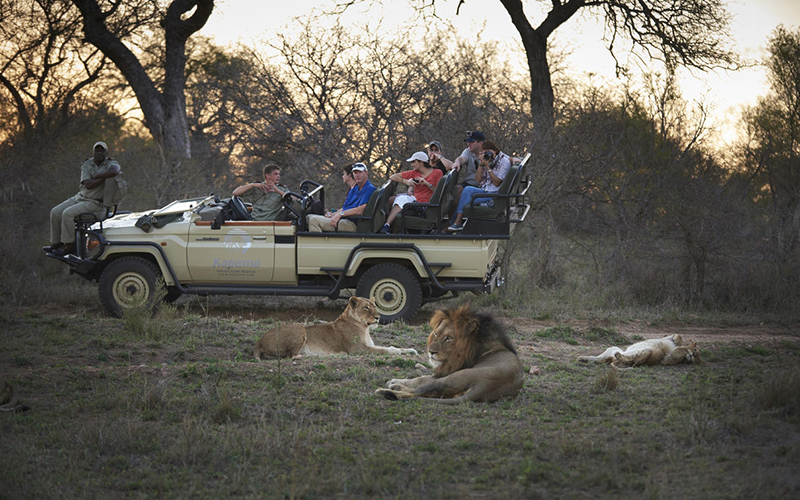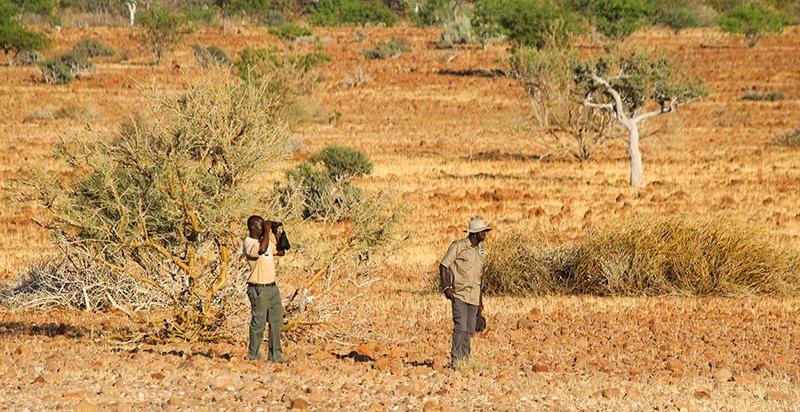-
Latin America
Latin America
- Countries (hidden space)
- Galapagos & Ecuador
- Guatemala
- Mexico
- Panama
- Peru
- Popular Attractions
- Machu Picchu
- Inca Trail
- Easter Island
- Galapagos Islands
- Patagonia
- Rio de Janeiro
- Iguazu Falls
-
Africa
Africa
- Spacer Africa
- South Africa
- Zimbabwe
- Popular Attractions
- Cape Town
- Okavango Delta
- Sossusvlei Dunes
- Victoria Falls
- The Kruger
- The Garden Route
- Masai Mara
-
Asia & Middle East
Asia & Middle East
- Asia
- Borneo (Malaysia)
- Cambodia
- India
- Japan
- Middle East
- Jordan
- Spacer Asia
- Laos
- Sri Lanka
- Uzbekistan
- Vietnam
- Popular Attractions
- Taj Mahal
- Lion Rock (Sigiriya)
- Angkor Wat
- Ha Long Bay
- Kyoto
- Petra
-
Destinations
- Latin America
- Argentina
- Bolivia
- Brazil
- Chile
- Colombia
- Costa Rica
- Galapagos & Ecuador
- Guatemala
- Mexico
- Panama
- Peru
- Asia
- Borneo (Malaysia)
- Cambodia
- India
- Japan
- Laos
- Sri Lanka
- Uzbekistan
- Vietnam
- Middle East
- Jordan
- Southern & East Africa
- Botswana
- Kenya
- Namibia
- South Africa
- Zimbabwe
- Contact Us
-
About
About
Llama Travel provides high quality holidays at the lowest possible prices.
99% recommend us Lower prices - guaranteed Financially protected by ATOL
The Llama Travel Blog
10 Things To Take On Safari
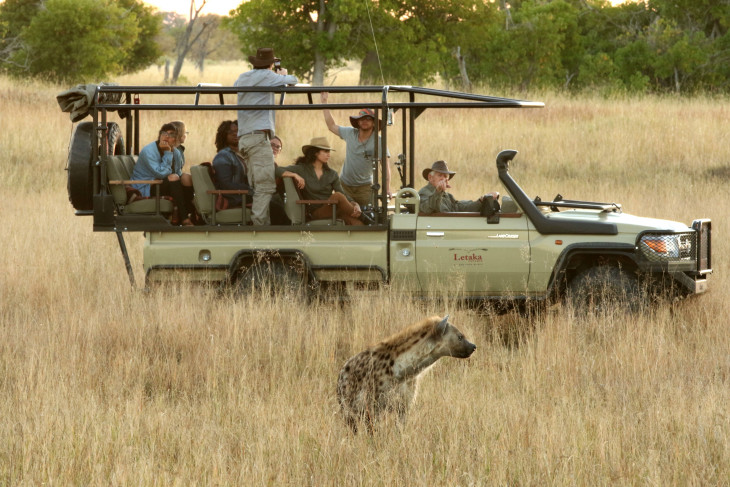
Embarking on an African safari but you’re not too sure what to pack for the trip? Whether you are taking a safari with us in Botswana, South Africa or Namibia, these are ten essential items to include on your packing list in order to have a comfortable experience.
1. Lightweight, light-coloured, long-sleeved trousers and shirts
It is best to pack loose-fitting clothes in natural fabrics such as linen or cotton for the hot daytime hours. Having clothing that is long will also help protect you from insect bites in the evening. For walks it is recommended to bring neutral coloured clothing (beige, khaki, stone etc.) but when travelling in a vehicle, most colours are fine.
2. Walking boots
A good pair of walking shoes and sandals with sturdy soles will get you through the uneven and varying terrain and protect you from large thorns. It is also a good idea to bring flip flops for if you are doing any boat trips, as well as a light raincoat.
3. A jacket for early mornings and evenings
Dressing in layers in the best way to deal with varying temperatures, especially as the temperature can drop in the evenings. During summer, it can still get cool so a good jumper is recommended. If you are travelling in winter, bring along a scarf, gloves and woollen or fleece head wear for cold mornings and evenings. Blankets are generally provided on early morning game drives.
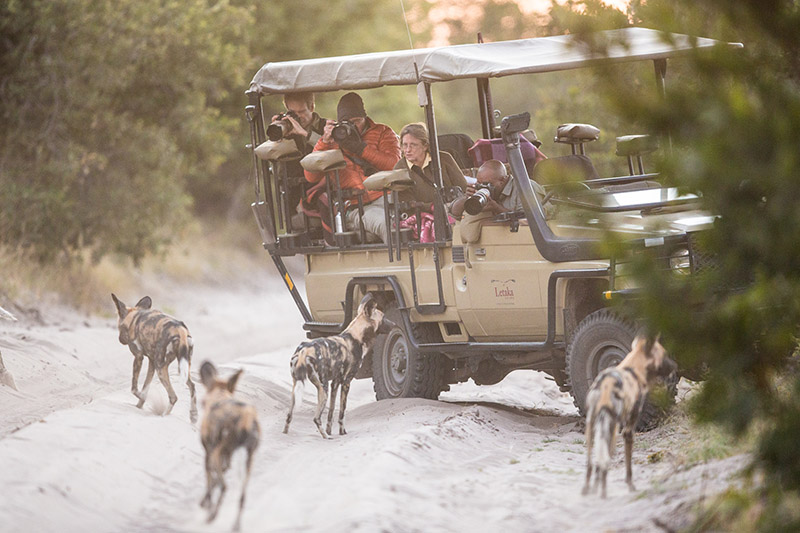
4. Sun protection
You’re not in Blighty anymore – don’t underestimate the power of the African sunshine, even in the late afternoon. A sunhat, high-factor sun cream and sunglasses are an integral part of your packing list when going on safari. You may also get the opportunity to swim, so bring along swimwear too.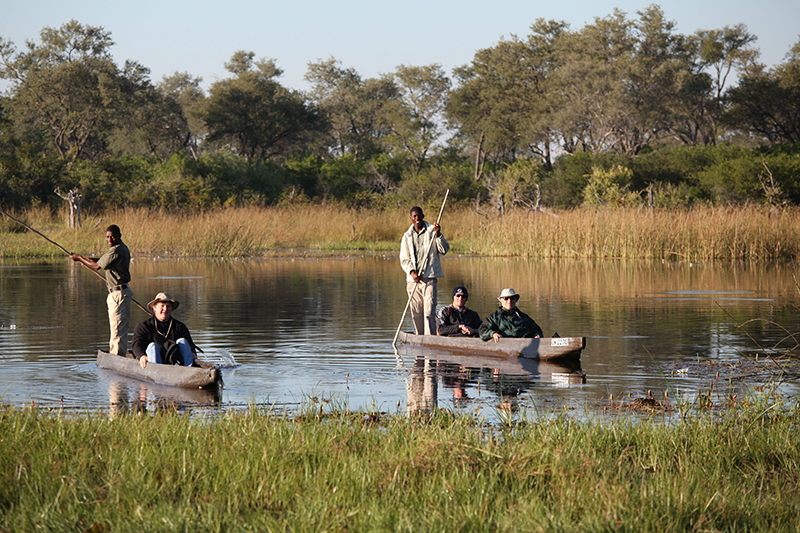
5. Binoculars
This is essential for game drives. It’s a good idea to bring a pair for each person you are travelling with, to avoid disappointment when spotting small and large game.
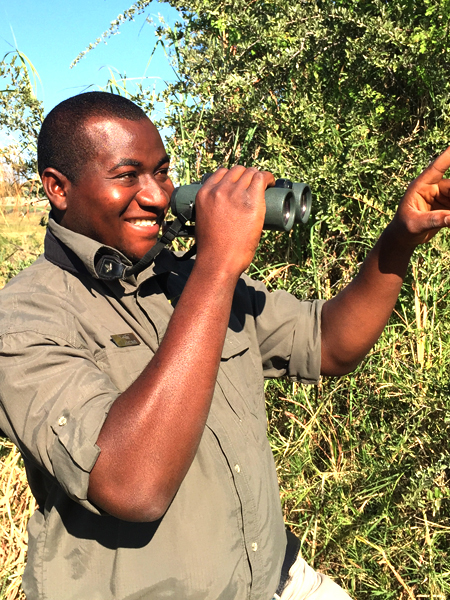
6. Reusable water bottle
An obvious but invaluable item. There will be a fridge either on the vehicle or the trailer so cold drinks are available to guests at all times on game drives.
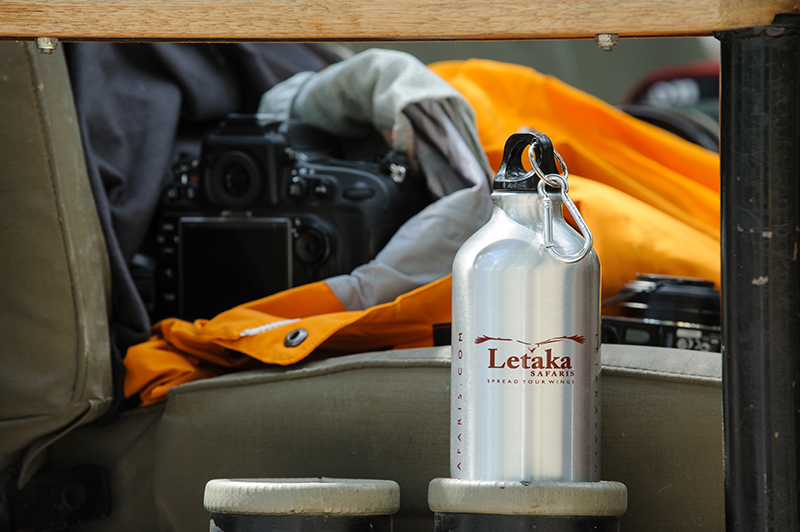
7. Insect repellent
As well as wearing trousers and a long-sleeved shirt in the evenings, repellent is good for keeping mosquitoes and other insects at bay.
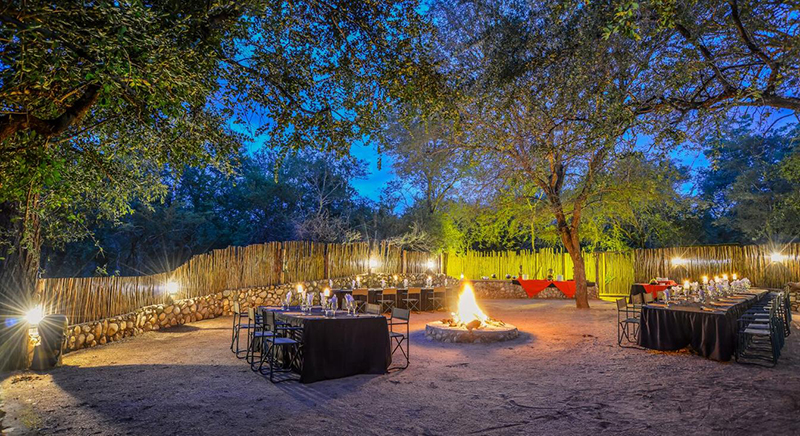 8. Camera equipment
8. Camera equipment
The photo opportunities are endless. As well as a digital camera, don’t forget to pack the accessories that go with it: spare batteries, battery charger and plenty of memory cards.
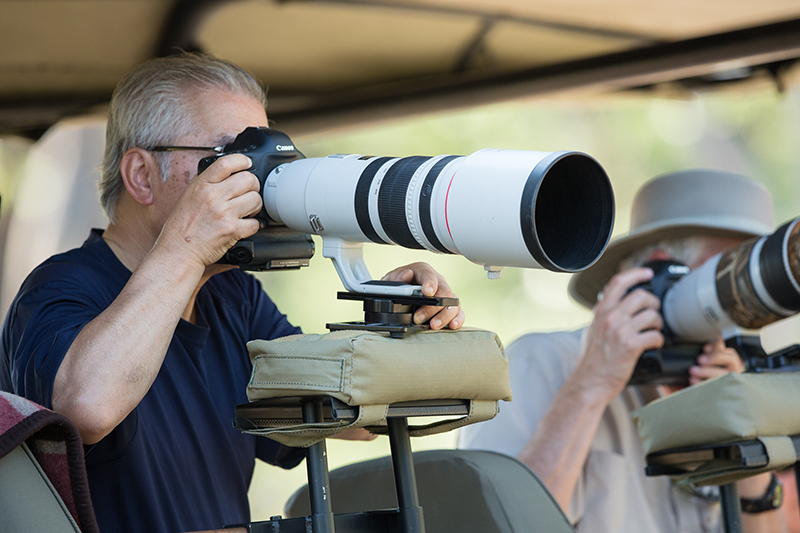
9. Torch/head torch
This is essential for being in the bush, as you will sometimes be walking around after dark, and before sunrise for morning game drives.
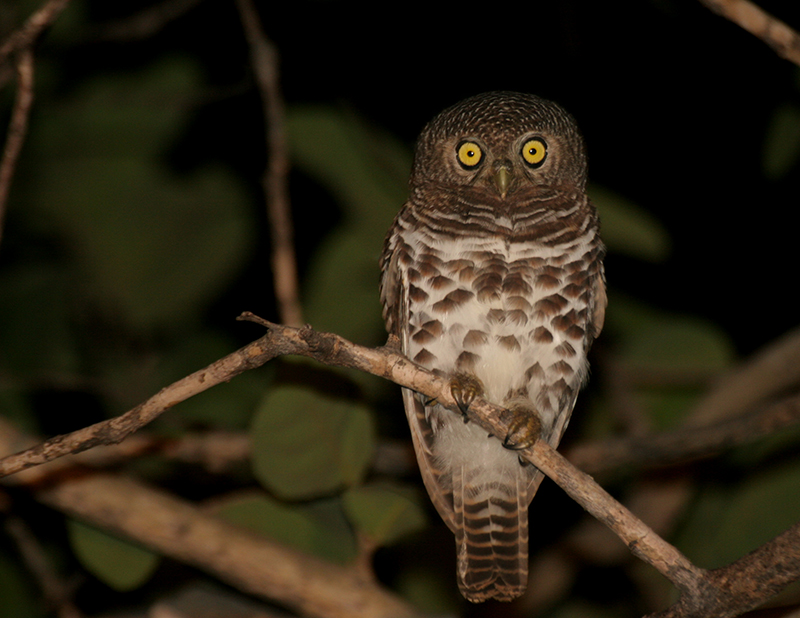
10. Reading material
During the middle of the day, there will be some leisure time to relax around the lodge or camp, so a book and pack of cards is a good idea.
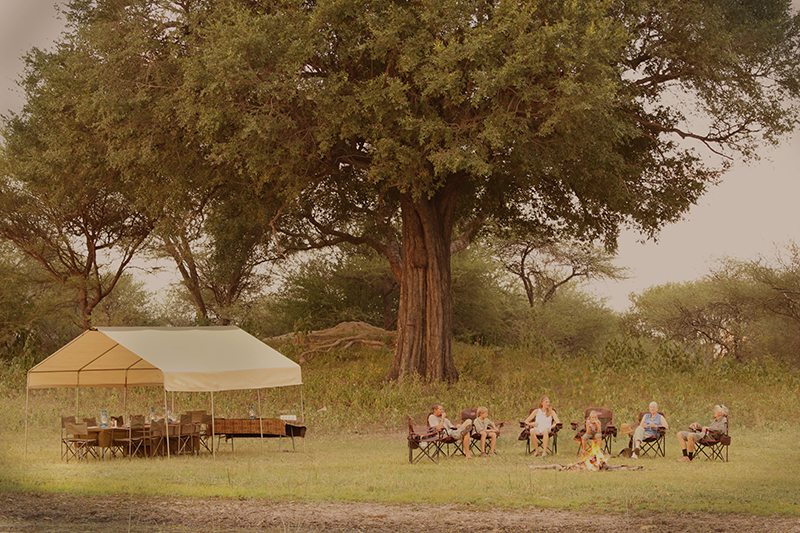
When to go on safari
While the weather is somewhat similar in each destination, depending on which country you are visiting and the time of year you may need to pack warmer or cooler clothing.
Botswana
During the summer months (November-March) it is hot in the middle of the day, becoming cooler but still warm at night. Average daytime temperatures are around 35°C, dropping to low 20s during the night. Late afternoon showers are common in Botswana over the summer months. Winter in Botswana (May-August) sees temperatures of up to 25°C during the day before it can cool down in the evenings to below freezing. Dressing in layers in the best way to tackle the varying temperatures during the winter months, and packing a windproof jacket is a good idea.
South Africa
South Africa is a relatively dry country with sunny days and cooler nights. The Kruger has a sub-tropical climate and most of the year it exceeds 25°C during the day. During summer (October to April), temperatures range between 16 - 34°C and it is hot and humid, with either continual rains or occasional thundershowers in the afternoon. Winter is the dry season, with hot winds and sparse vegetation creating better visibility during game drives. During winter (May to September) it is cooler during the early morning and evening, with temperatures dropping to around 9°C overnight and rising to 28°C during the day. During this time of year, it is recommended to pack warm winter clothing for early mornings and evenings. Game viewing is generally at its best during the dry winter months as there are fewer waterholes for the animals to congregate around, although the wet summer season does bring lush bushveld, baby animals and summer migratory birds.
Namibia
Namibia’s climate is generally very dry and pleasant due to being partially covered by one of the world’s driest deserts. Etosha National Park has a relatively hot and dry climate. Like most semi-desert climates there is a stark difference between day and night. During the summer (November to April), day temperatures range from 25°C to 35°C although it can reach 40°C, with averages of 17°C overnight. The wet season falls during the hot summer months, although rainfall is minimal and usually occurs in the afternoon. The dry season (May to October) is best for game viewing, as there are fewer sources of water so animals tend to congregate around the watering holes. During this period it is generally dry and sunny, with temperatures ranging from 10°C first thing in the morning to 33°C in the afternoon.
It is worth bearing in mind that although it is important to have all the right gear, it is easy to get carried away and buy expensive items that you won’t need.
If in doubt, give us a call on 020 7263 3000 to speak to someone who has been to Africa. Click here to view all our Africa holidays.
Found this blog useful? Sign up to our newsletter for more holiday tips and advice!

